
- Infectious diseases have been around for a long time, and the ancients have summarized some experiences in controlling the epidemic.
In ancient China, where scientific and medical conditions were relatively backward, records of plague disasters were sometimes only a few in the Huanghuang History Book. However, the frequency and destructiveness of the outbreak far exceeded floods and droughts and even war. Behind the simple records in historical materials are often the astonishing casualties of life and property. So how did the ancient people control the epidemic? Although in ancient times, medical standards were not as advanced as we are now, they are much easier to control the epidemic than we are now.
For example, in the Three Kingdoms era where heroes emerged, behind the magnificent war picture, there were frequent large-scale plagues. From the Eastern Han Dynasty to the Western Emperor Wudi, there were more than 20 large-scale plagues in China. As a result, Wei, the most populous and economically powerful country in the Three Kingdoms, was actually a loss to the people, so there is no problem. The population of its ten states is not as good as the people of the past. Even in the first year of Xianning (276) in the Western Jin Dynasty on the eve of the end of the Three Kingdoms era, a large-scale plague erupted in the Western Jin Dynasty. In Luoyang, the capital, more than 100,000 people died.
If the plagues of the Three Kingdoms and the external causes of the troubled times, then in the Taiping era of the Song, Ming and Qing Dynasties, the plague was not too far away: during the 168 years of the Northern Song Dynasty, there were 59 large-scale plagues, and the Southern Song Dynasty was only in Lin'an, 152 During the year, there were 15 major plagues. During the 277 years of the Ming dynasty, from Zhu Yuanzhang's proclaimed emperor to the martyrdom, a total of 75 large-scale plagues broke out, and even a number of plagues broke out a year. In the 196 years from the entry of the Qing Dynasty to the outbreak of the Opium War, a large-scale plague broke out in 78 years.
It can be said that the response to the plague, especially the control of the epidemic, was a test of the survival of the nation and the nation. Faced with such a test, even under the circumstance of limited scientific and technological medical power, the ancient Chinese people stubbornly explored some conventional methods, and strived to minimize the mortality of each epidemic.
The first important idea for controlling the epidemic is to cut off the source of infection.
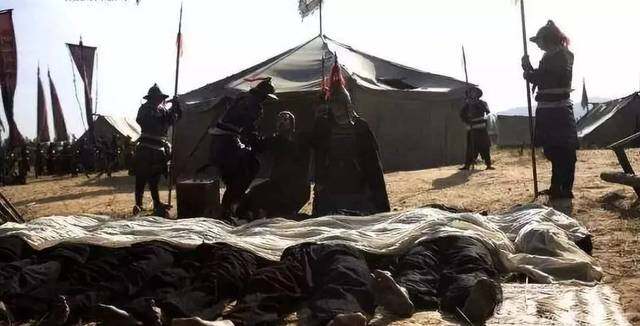
In ancient China, where medical conditions were backward, many painful tragedies of plagues were caused by poor protection against the source of infection. So after many lessons, cutting off the source of infection has become an important action of the governors during each epidemic.
For example, the Qianzhou plague during the year of Song Shenzong was caused by pollution of upstream water sources during the rainy season. Because the source of pollution cannot be cut off, the epidemic is repeated every year. Until the new Zhizhou Liu Yi took decisive measures to rebuild the local urban canals with the idea of separation of rain and sewage, the well-known Fushou Gully was built to ensure that the sewage bypassed the urban living area and ravaged the local plague for many years before finally ending.
As for the continuous smallpox plague in the late Ming and early Qing dynasties, the Qing dynasty was highly nervous before entering the customs. When Emperor Taizong of the Qing Dynasty reigned, the Qing Dynasty set up a pox inspector, and as soon as a case of pox was found, quarantine measures were taken immediately. All acts of concealment and misrepresentation must be "on the crime of death."
Related to cutting off the source of infection, there are also isolation measures for infected areas and the sick.
The flow of people in ancient times is not as dense as in modern times. The reason for the war is often accompanied by a pandemic, and it is also related to the increase in refugees and frequent population movements during the war. Therefore, in the ancient Taiping era, as long as the epidemic broke out, isolation of the epidemic area was also a top priority. The law of the Qing Dynasty stipulated that whenever a smallpox patient was found, he had to be quarantined and allowed to live twenty miles from the city. Ships coming to China from overseas must also strictly detect acne and prevent all entry channels.
Health and epidemic prevention in epidemic areas is equally important. For example, scholar Xie Zhaozhe at the end of the Ming Dynasty had angrily exposed the reason for the frequent plagues in the late Ming Dynasty: it was because the urban sanitary conditions were too poor. Especially Beijing City at the foot of Tianzi, the management is chaotic for a long time, so that the market is more dung, so the malaria epidemic is still endless. A good way for Beijing people to escape the plague? That's just sitting quietly and getting out, that is, hiding at home and not going out.

Of course, simply hiding is not the way, and sanitation in the epidemic area is even more important. In addition to the administrative chaos of the late Ming Dynasty, most of the time, the dynasties also attached great importance to this. During the five-year Sichuan plague in Jingtai in the Ming Dynasty, the local governor ordered the demarcation of more than a dozen victims' settlements, cleaned up and sanitized every day, and finally lived tens of thousands of people.
As early as the Song Dynasty, there was an epidemic prevention system, in which people in affected areas were relocated to specific places for resettlement. For example, when the Hebei plague occurred during Song Zhenzong's reign, the Song dynasty ordered the local people to be moved south to avoid epidemics, and medicine and food were provided by the medical official's hospital.
Medical guidance is even more necessary. For example, during the Hongzhou plague, in addition to cutting off the source of infection, Liuyi in Zhizhou also deliberately printed and distributed the medical manual "Zhengsu Fang." More than 3,700 witch doctors who swayed and cheated on weekdays were arrested by him to concentrate on reading the book, and he was severely punished for refusing to correct evil. During several major plagues in the Qing Dynasty, the Qing dynasty also organized manpower and material resources to print and distribute medical manuals such as the "Warm and Hot Summer Epidemic Book" and distributed them to local officials and people, which played a very good relief role.
Compared with these measures, the most important thing is the mobilization and investment of national economic and medical power in the dynasties facing the plague.
Regardless of dynasty, timely medical investment is the key to the success of epidemic prevention. During the Northern Song Dynasty, the court had a special fund for epidemic prevention, which was used for health and epidemic prevention in southwestern states. Each state is eligible for two hundred dollars. Whenever an epidemic occurs, reducing taxes on immunization zones, distributing food and medicine, and sending doctors to apply medicine are routine actions of various dynasties.
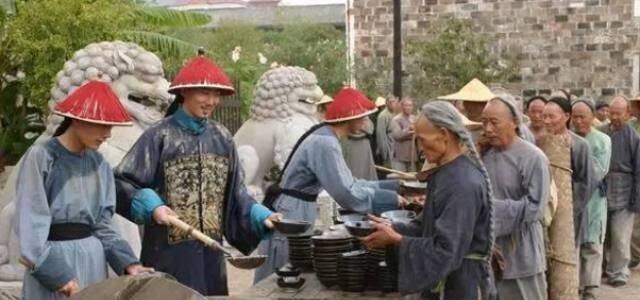
For example, during the fifteen years of the Wanli plague in Beijing, the Ming Dynasty called the doctors of the Tai Hospital to provide free consultations in the five cities of Beijing, and provided the affected families with free medicines and silver money. During the 14th year of the Orthodox Plague in Huaiyang, the Ming Dynasty used more than 40 doctors. Each doctor delineated a district to provide medicine and medical services to ensure that more than two million people were free from the plague. Since the Song Dynasty, pharmacies in various places have become the main force for disaster relief and epidemic prevention. Especially since the Song Dynasty, the Huimin Pharmacy Bureau has been promoted in various places. For hundreds of years, it has taken the heavy responsibility of drug release and epidemic prevention, and played an important role in the epidemic resistance of several dynasties in the Song, Yuan, Ming and Qing Dynasties.
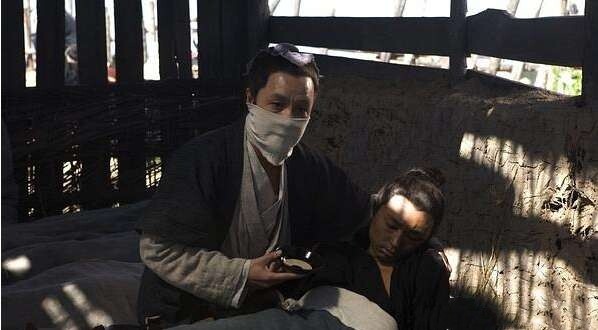
Of course, even so, under the ancient medical conditions, the number of deaths in each plague is often an astonishing astronomical number in terms of today's concept. Much of the valuable experience of health and epidemic prevention is that former people have almost traded their lives for the price. The plague not only tests medical technology, but also tests the organizational capabilities of any dynasty. How many experiences and lessons have been worth pondering deeply. Editor / Zhao Yongjing
Comment
 Praise
Praise
 Collect
Collect
 Comment
Comment
 Search
Search



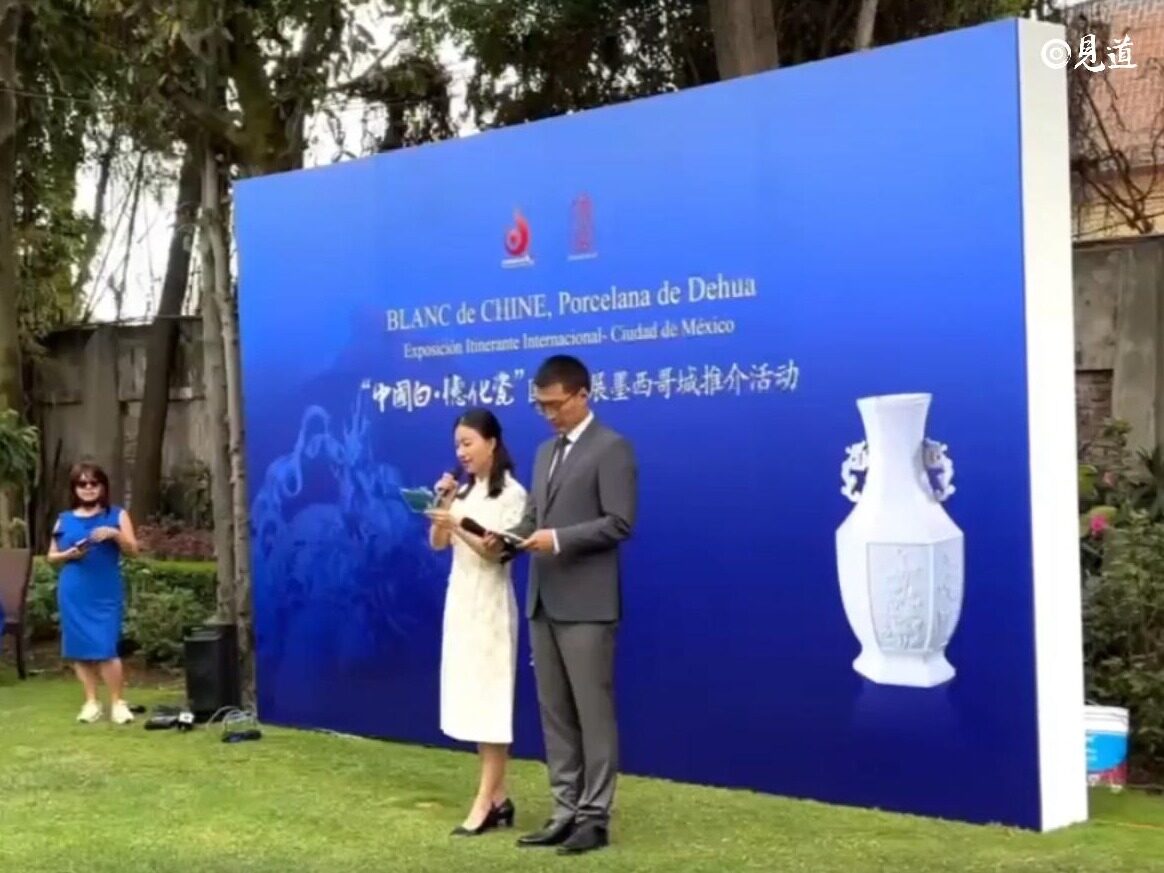

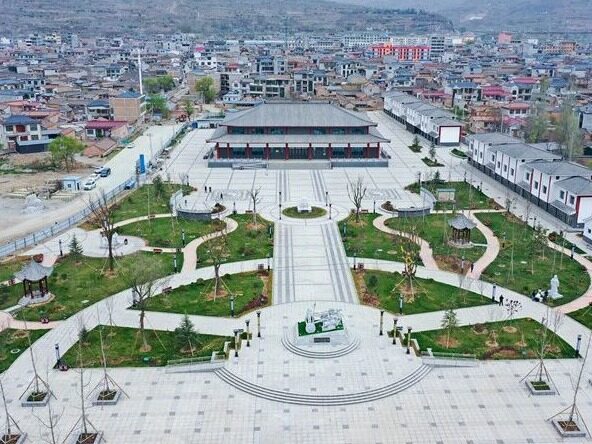
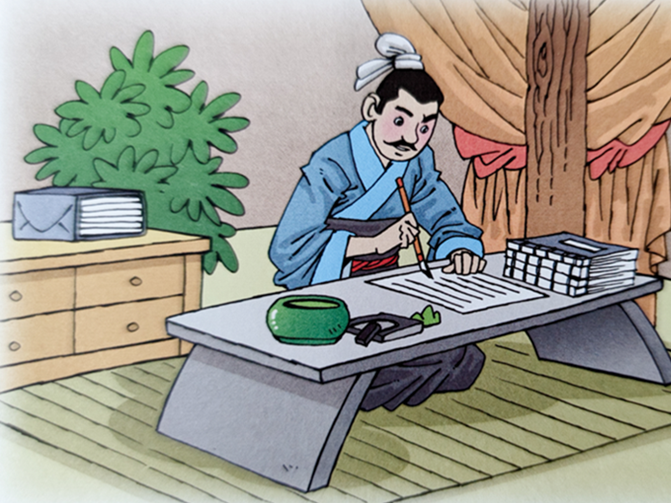







Write something~